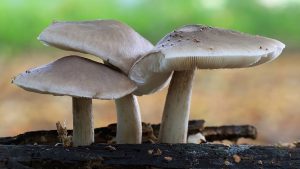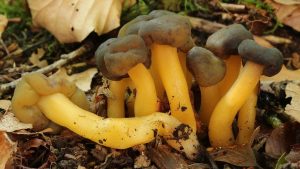#174: The Genus Agaricus
Early on in mycology, most gilled mushrooms were placed in the genus Agaricus. Mycologists soon realized that gilled mushrooms were incredibly diverse and split the genus into numerous genera. Today, the mushrooms that remain in Agaricus are umbrella-like gilled mushrooms that have a chocolate-brown spore print, free gills, a partial veil, and a pileus that easily separates from the stipe.

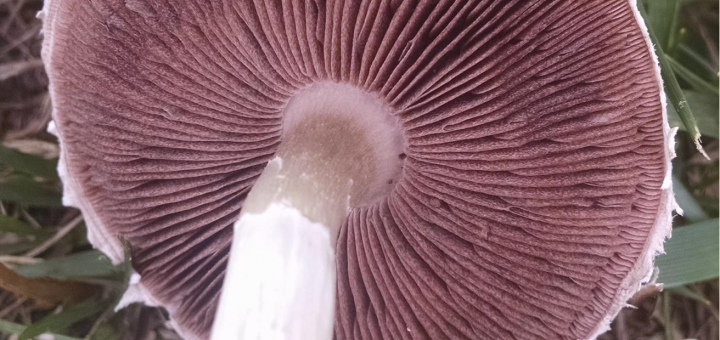
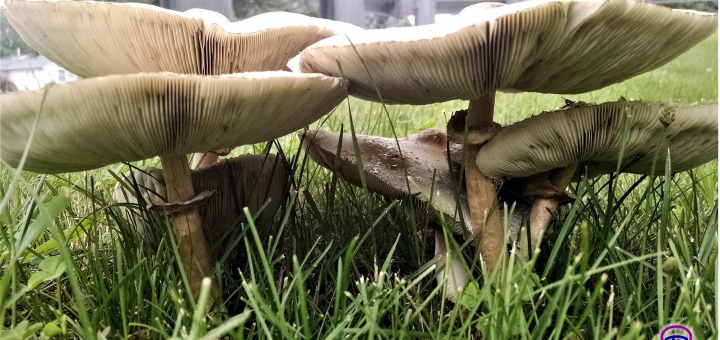
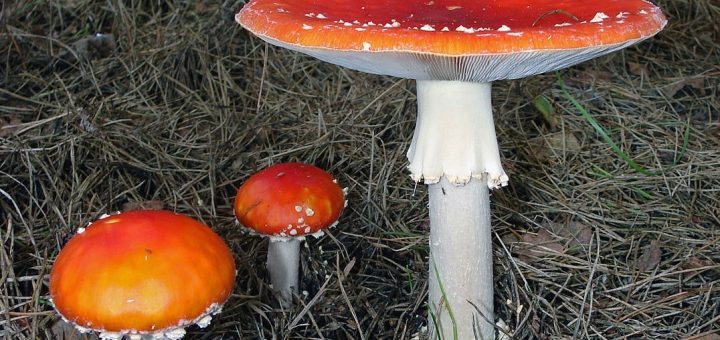
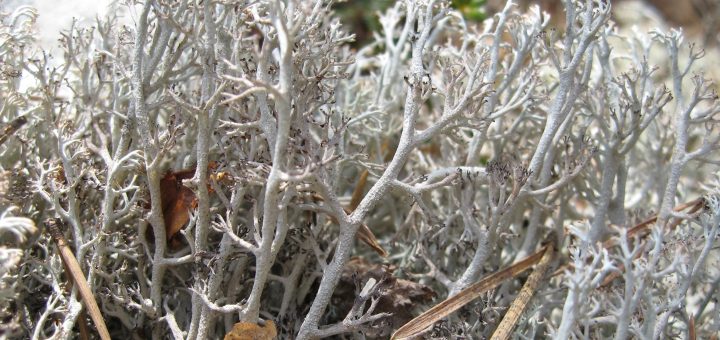
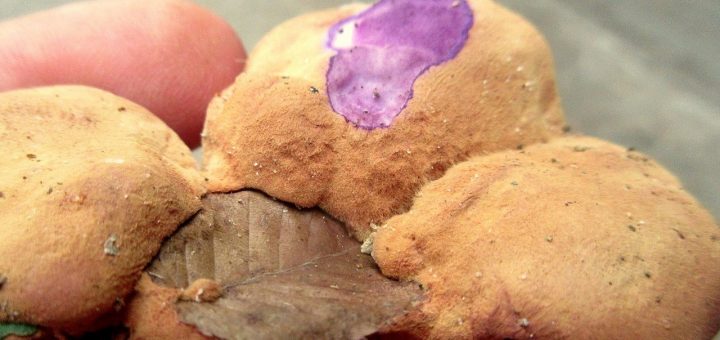
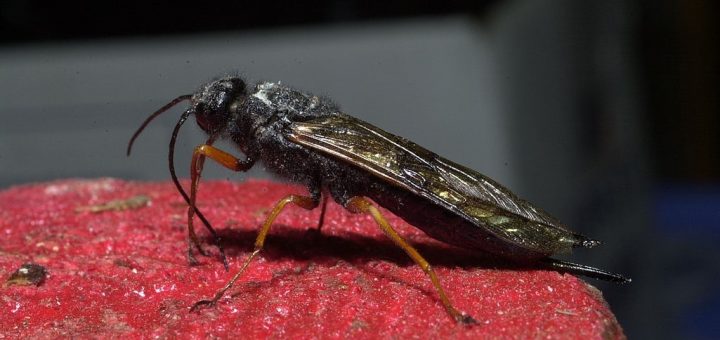
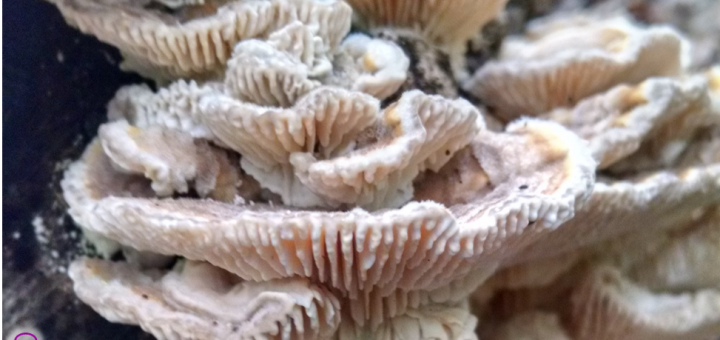
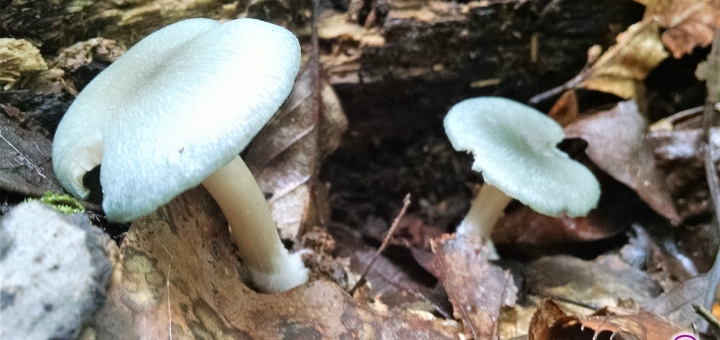
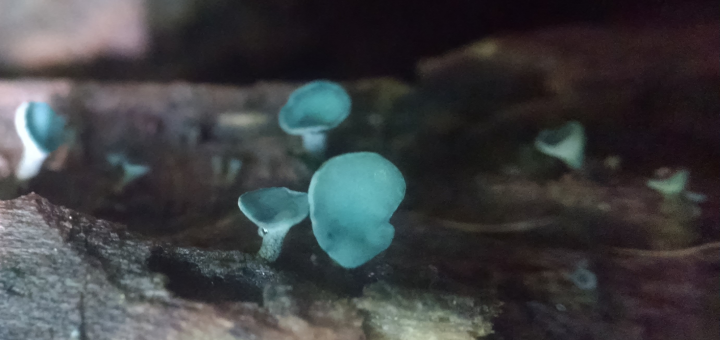
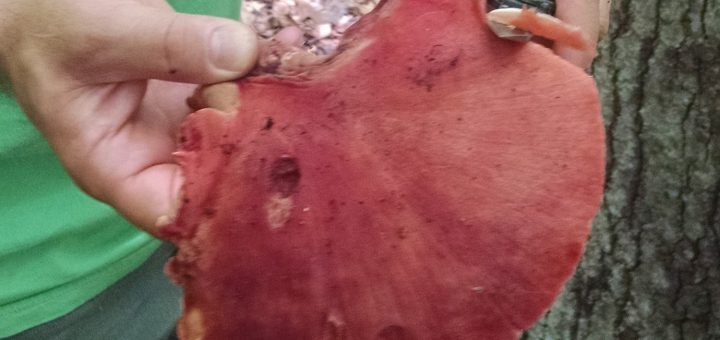





![#011: Characteristics of Kingdom Fungi [Archived]](https://www.fungusfactfriday.com/wp-content/themes/hueman/assets/front/img/thumb-small-empty.png)

